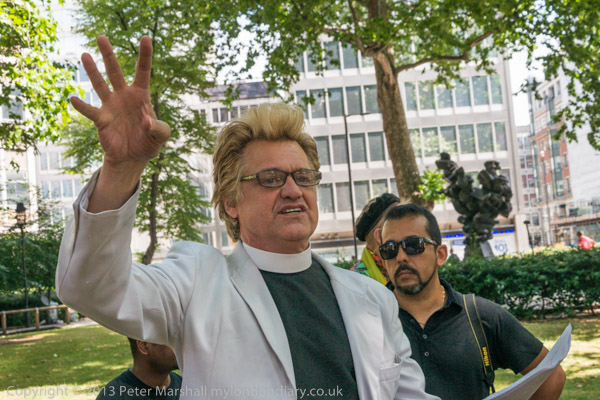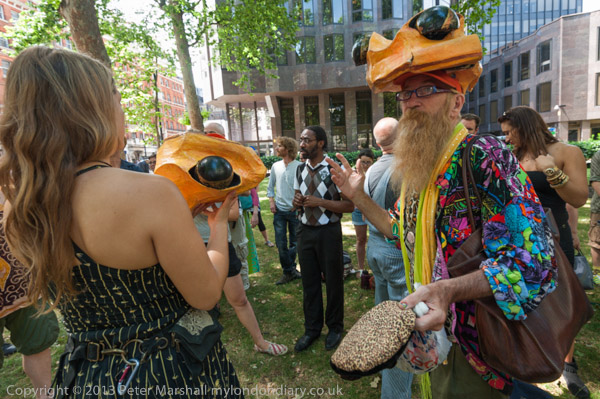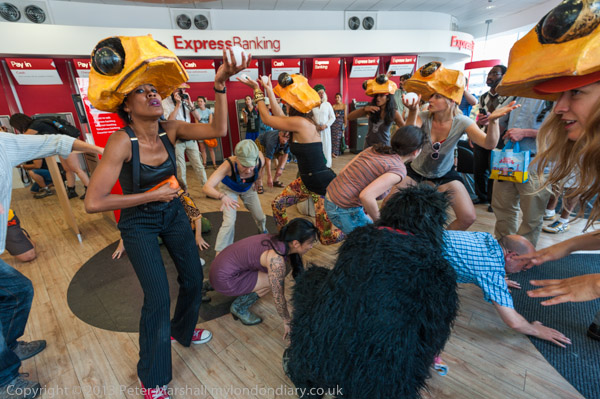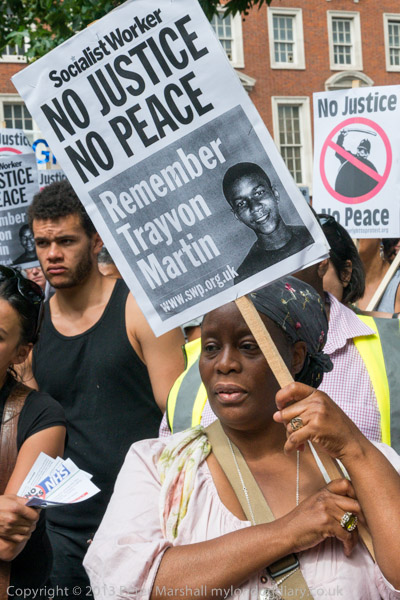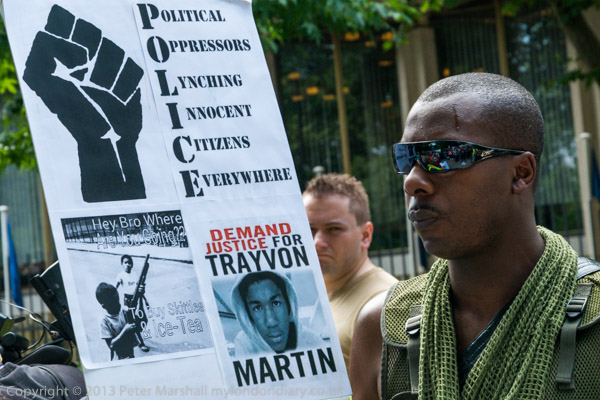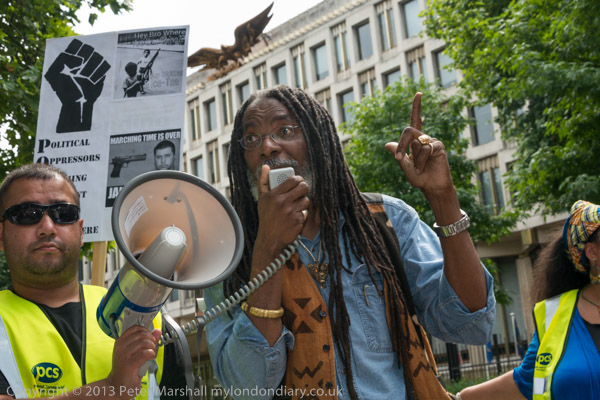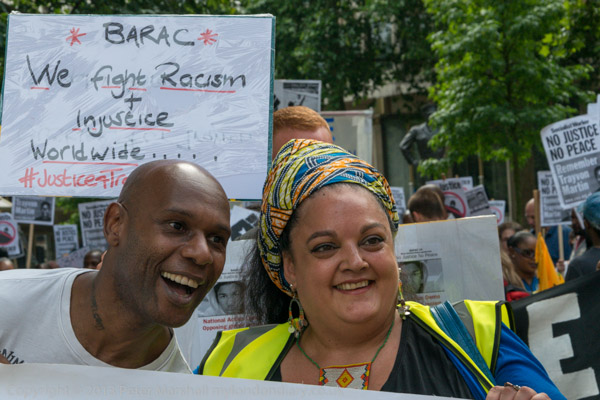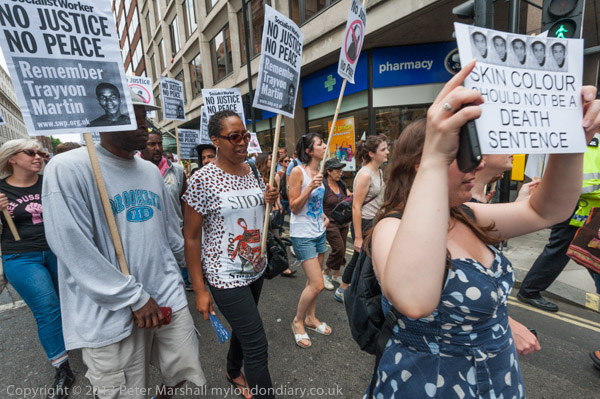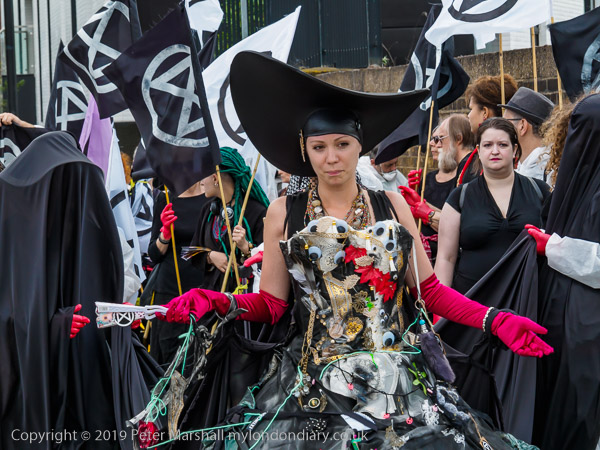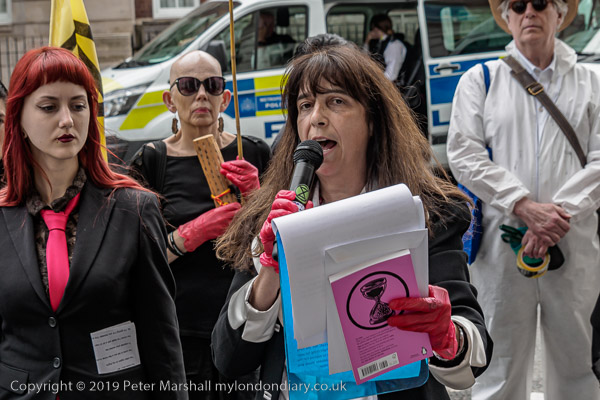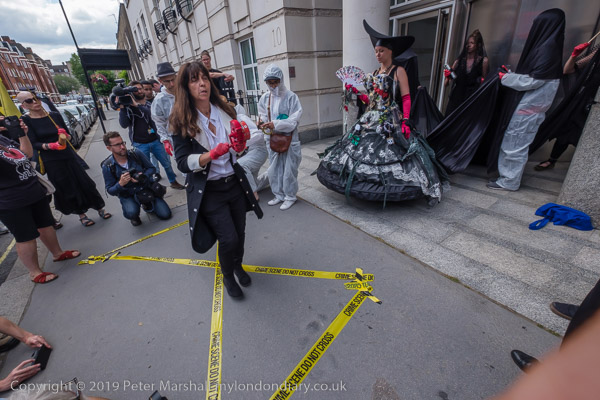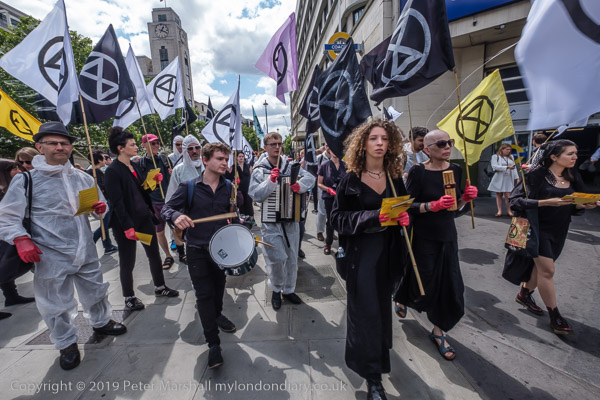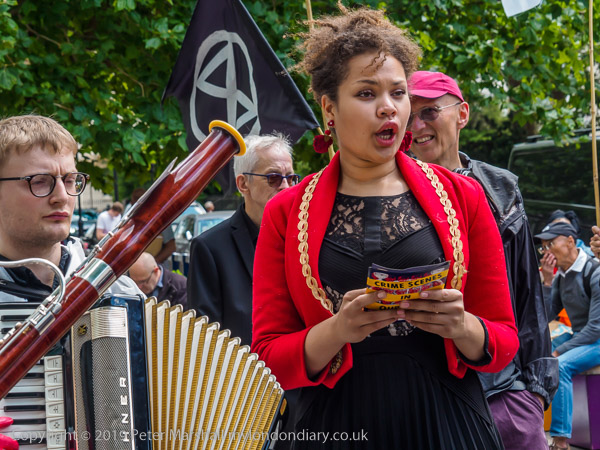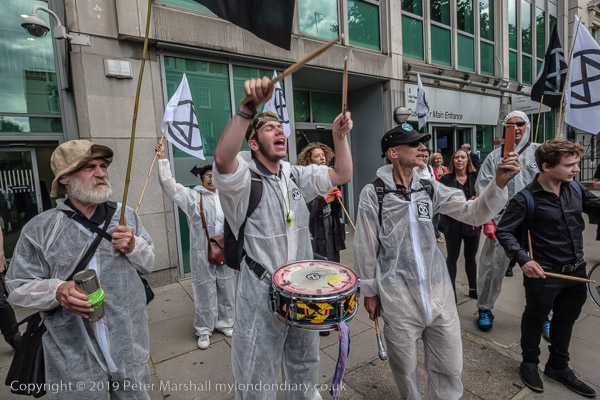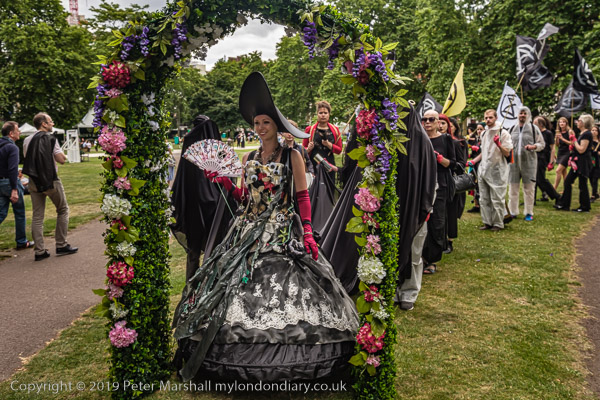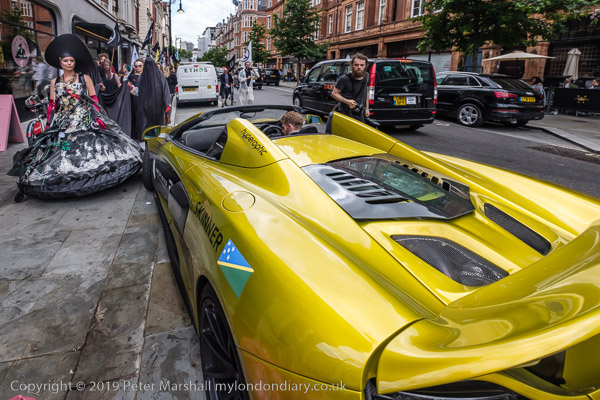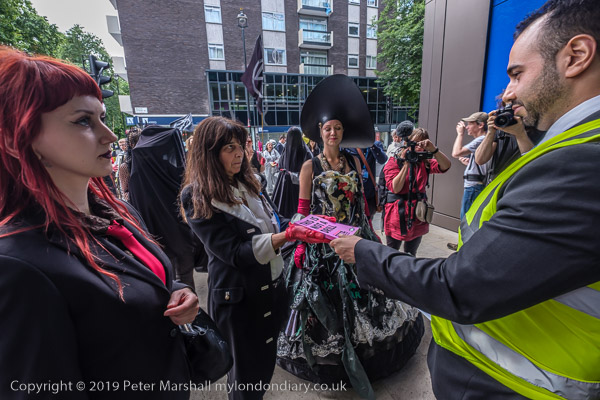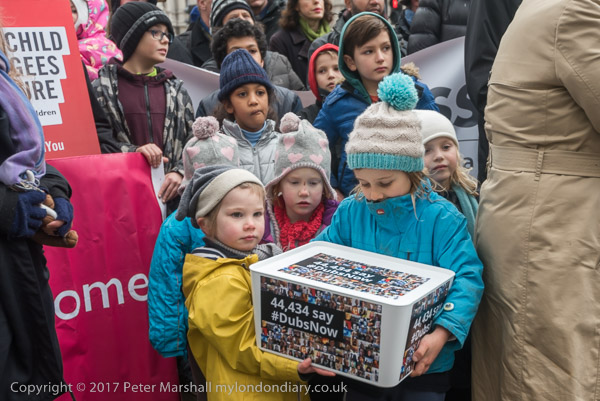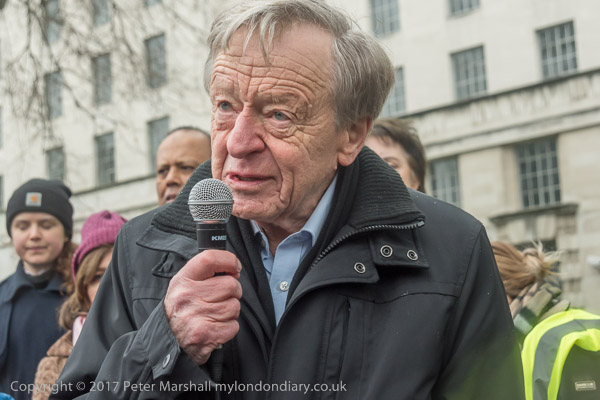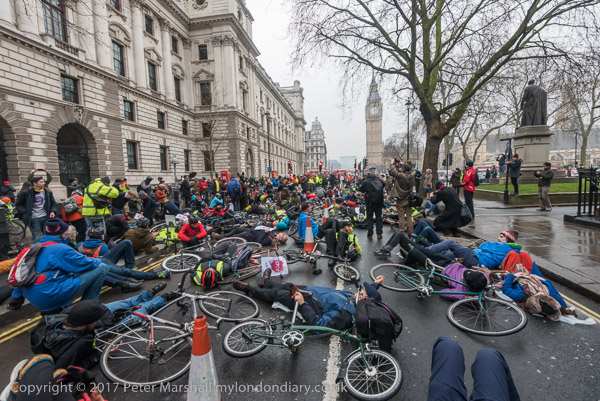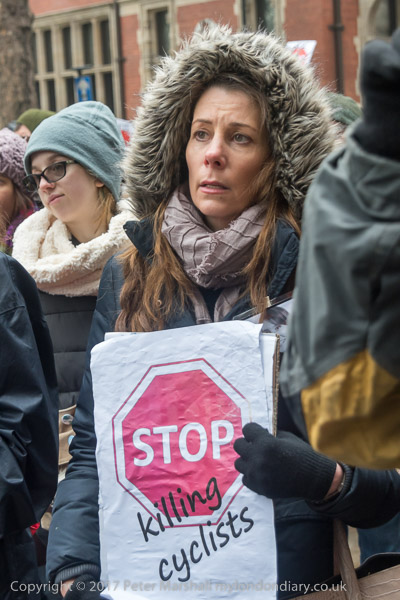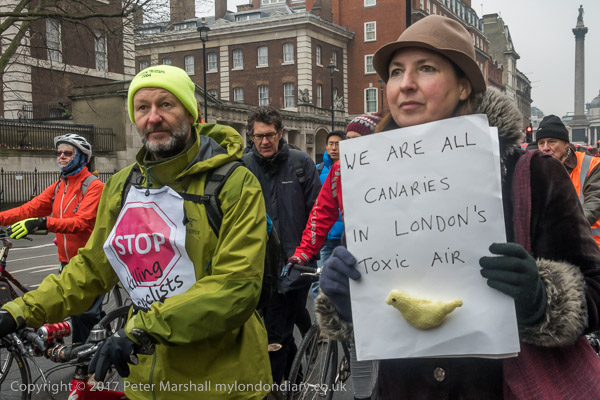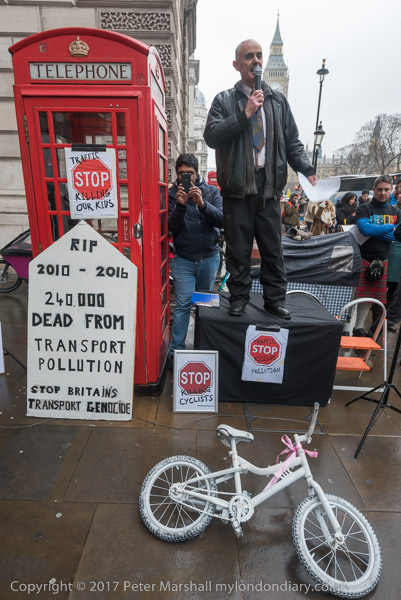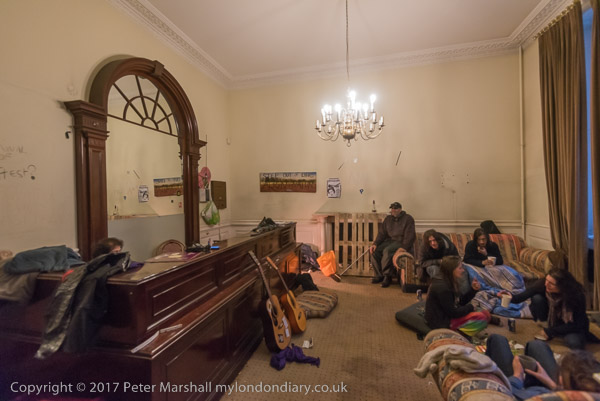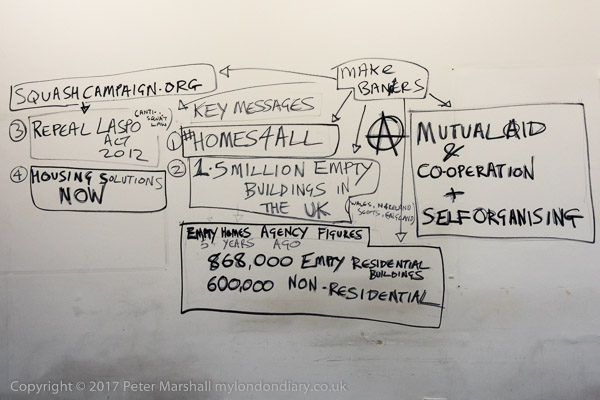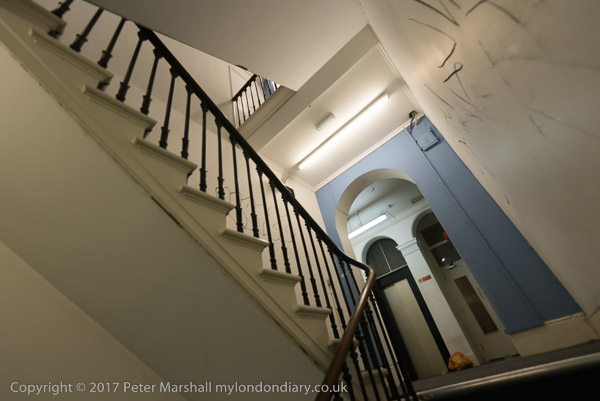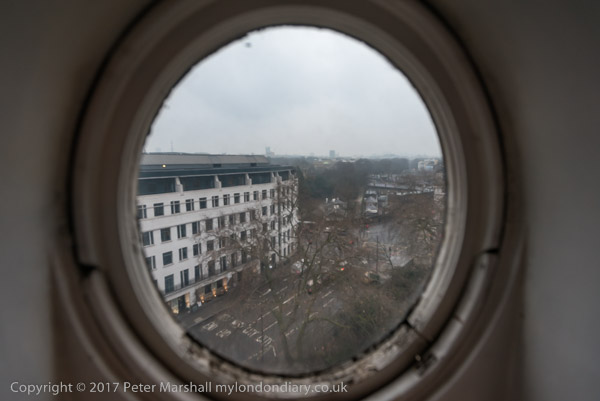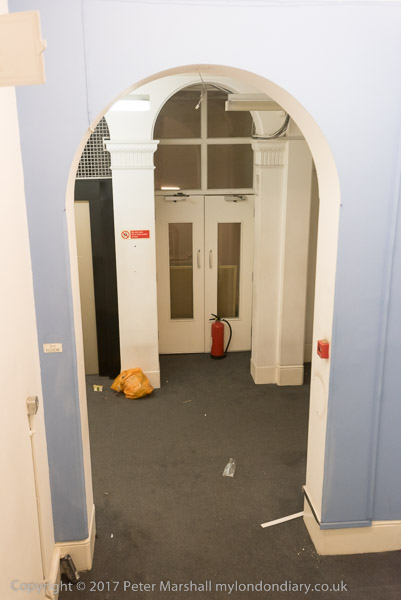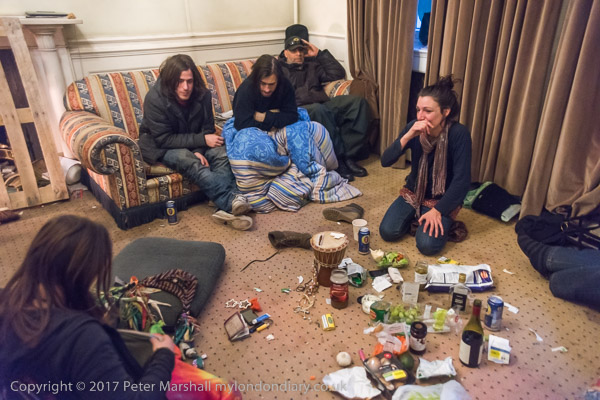Rev Billy, Chelsea Manning & Global Racism – On Saturday 27th July 2013 I followed the amazing Reverend Billy and the Stop Shopping Choir into a branch of HSBC to protest over their support for fossil fuels, went to a vigil supporting whistleblower Bradley (now Chelsea) Manning and then a march and rally against Global Racism and Injustice
Rev Billy at HSBC Victoria,
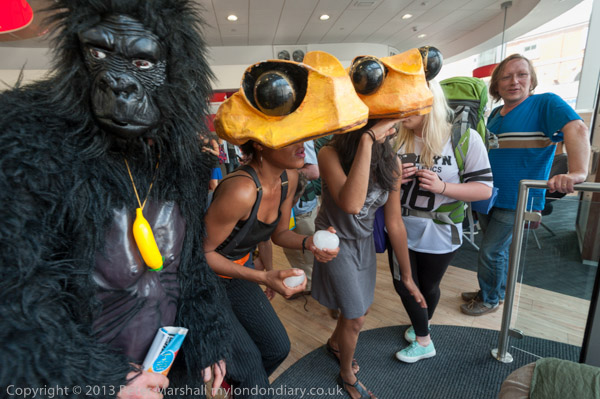
If you’ve not come across Reverend Billy and the Stop Shopping Choir, a radical performance community based in New York City led by Billy Talen you have missed something. They perform guerrilla theatre actions which amuse and entertain while also highlighting the serious problems the world is facing and calling for action.
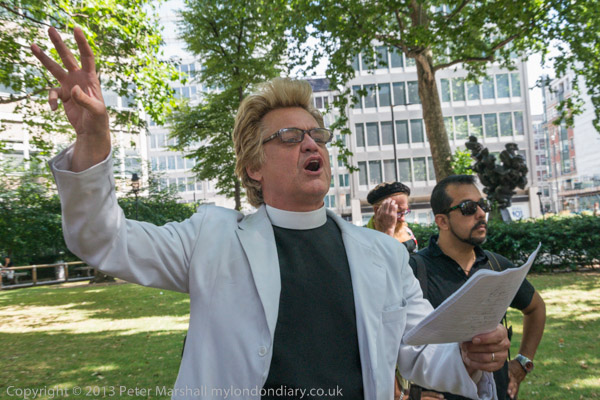
The performance in London was one of many at various JP Morgan Chase and HSBC banks in 2012 and 2013 which had begun in New York, a “radicalized midsummer cloud forest dream” against the support given to fossil fuels and climate chaos by the banks and the City of London.
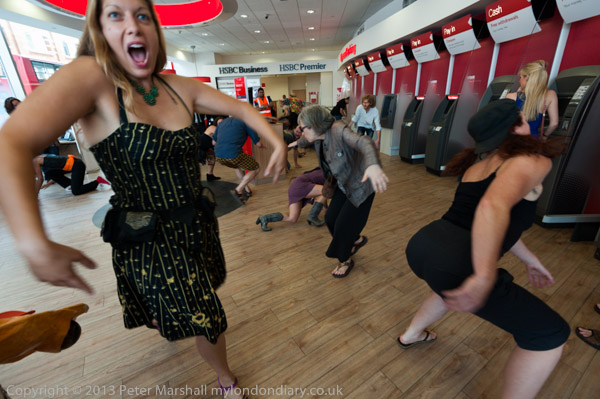
Golden Toads had become extinct in their home in Costa Rica, one of many species that have already become extinct because of climate change. The message of the performance “was a simple one. Fossil Fuels are killing life on this planet. Already many species have suffered extinction, and the continuing huge investment in fossil fuel use backed by the banks and the stock exchange is driving climate change, threatening us all with extinction.“
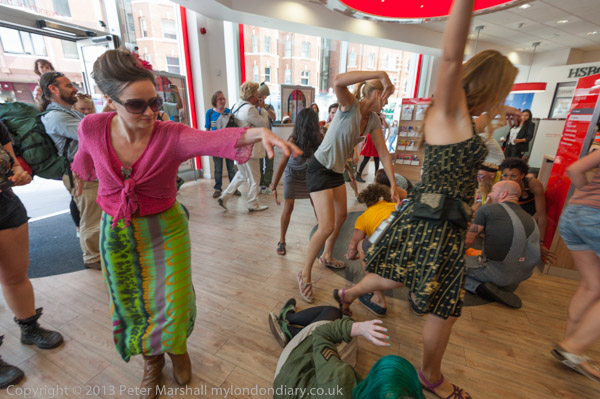
As I wrote “London’s banks and the London Stock Exchange are playing a key role in the destruction of life on the planet, with over £900 billion of Fossil fuel shares on the London Stock Exchange – a quarter of the value of all the holdings and representing fossil fuel reserves of over 200 time the UK’s annual carbon emissions. Burning of all these reserves would create catastrophe. Between 2010-2012 … the top five UK banks raised £170 billion for fossil fuel companies, and the largest of these was the HSBC.”
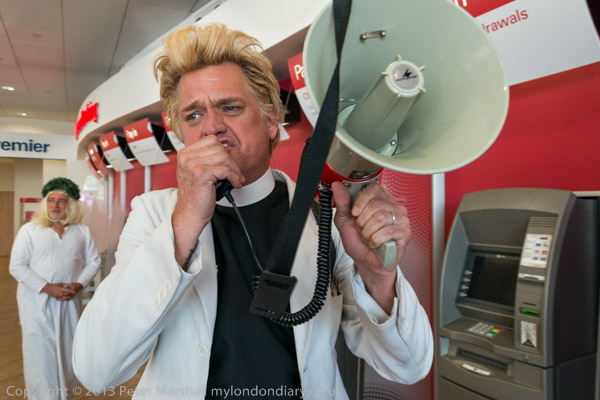
On My London Diary you can read how I met the group as they trained for the performance opposite New Scotland Yard and then more about the performance which as well as the Golden Toads people also played moneys, eagles and jaguars and were joined by a gorilla. with the Rev Billy preaching about the need for the banks to repent and change their ways as the animals dropped dead on the branch floor.

One member of the team was there to reassure the bank staff and customers that there was no threat to them or property and that the performers would leave as soon as the event finished. And they did, leaving behind only some leaflets and small pools for water on the floor from the large ice eggs the Golden Toads had brought with them to help cool the planet down.

After leaving the bank the performance carried on for a few minutes on the wide pavement outside. A couple of police officers arrived and went inside the Bank to talk with the staff, and by the time they came out the Rev Billy and others were leaving to celebrate a successful action at a café and bar in Victoria station.
More at Rev Billy at HSBC.
Free Bradley Manning Vigil – St Martin’s, Trafalgar Square
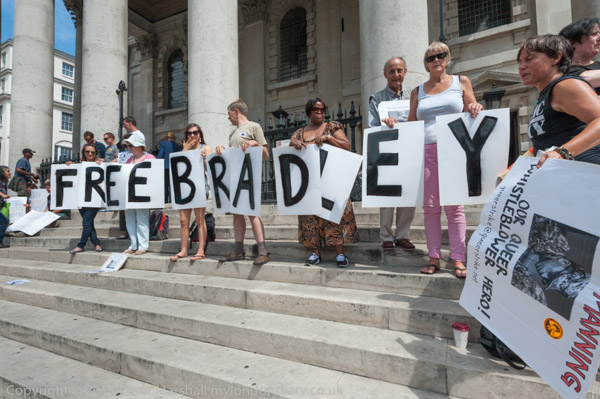
People were begining to arrive to take part in a silent vigil on the steps of St Martin-in-the-Fields on Trafalgar Square as a part of the international day of action by the Bradley Manning Support Network.
Bradley – now Chelsea – Manning’s court-martial for passing classified documents to Wikileaks had begun over a month earlier and an inevitable ‘guilty’ verdict was expected shortly.
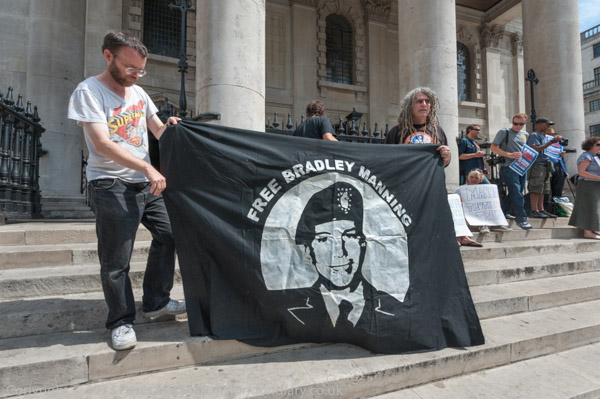
The documents had exposed a great deal of illegal and immoral actions by the US and other governments and Manning had been celebrated in countries across the world and awarded the Sean MacBride Peace Prize.
On July 30th 2013 Manning was sentenced to 35 years in the maximum-security U.S. Disciplinary Barracks at Fort Leavenworth, but in 2017 her sentence was commuted by President Obama to seven years and she was released. In 2019 she was again imprisoned for a year for contempt of court after refusing to testify at a grand jury investigation into WikiLeaks founder Julian Assange.
Against Global Racism and Injustice – US Embassy to Whitehall

Black Activists Rising Against Cuts (BARAC) UK organised a march and rally against Global Racism and Injustice in solidarity with families of Trayvon Martin, Stephen Lawrence, Azelle Rodney, Jimmy Mubenga and many others to highlight the reality of racism and seek justice, both in the UK and US.

The event began with a rally outside the US Embassy, then still in Grosvenor Square, led by Zita Holbourne and Lee Jasper, founders and national co-chairs of BARAC, an anti-austerity, anti-racist campaigning organisation, with various other activists and poets speaking.

The event was supported by a wide range of anti-racist groups including Operation Black Vote, the National Black Students Campaign, Global Afrikan Congress, PCS, RMT Black Members, Counterfire, UAF, Love Music Hate Racism, Lambeth TUC, Lambeth People’s Assembly.

The protest was in part because of the global outcry over the acquittal in Florida of the murderer of Trayvon Martin under the Florida ‘Stand Your Ground’ law. But it was a protest against global racism and injustice, with a particular emphasis on several well-known cases in this country.

One was the attempt by the Metropolitan Police to smear both the Lawrence family and its supporters through a covert police surveillance unit while failing to properly investigate the racist murder of Stephen Lawrence.
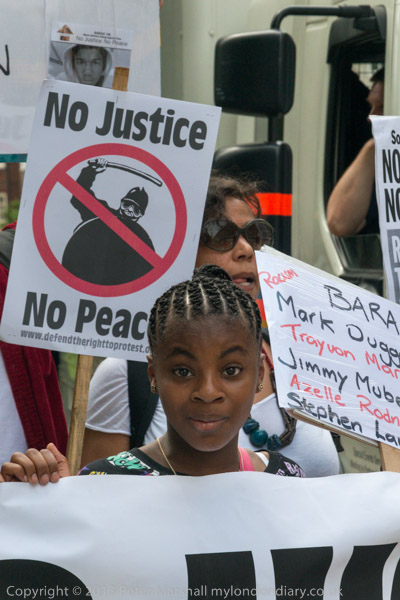
Lee Jasper stated “We march for Jimmy Mubenga, Mark Duggan, Kingsley Burrell, Smiley Culture and Azelle Rodney. We march for justice and equality in the 50th anniversary year of Dr Martin Luther King’s 1968 March on Washington. The truth is that his dream is a threadbare vision here in the UK where racism is on the rise amplified by austerity.”
More at Against Global Racism and Injustice.
Flickr – Facebook – My London Diary – Hull Photos – Lea Valley – Paris
London’s Industrial Heritage – London Photos
All photographs on this page are copyright © Peter Marshall.
Contact me to buy prints or licence to reproduce.





